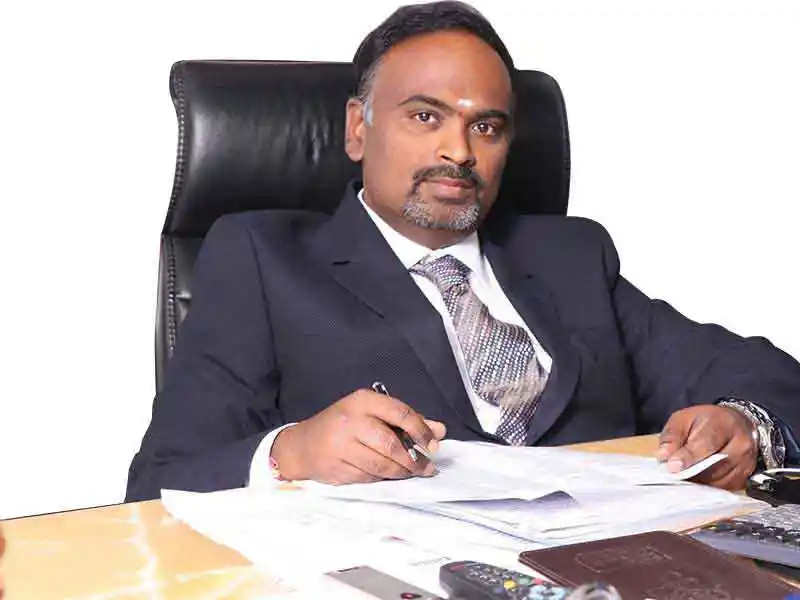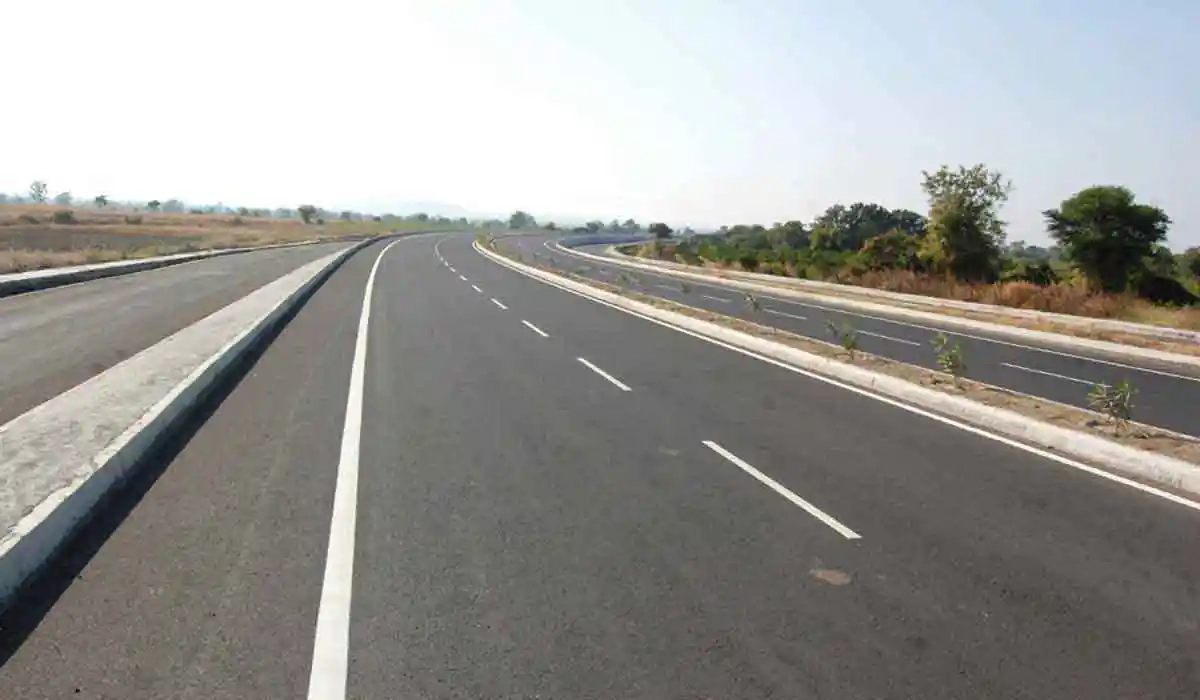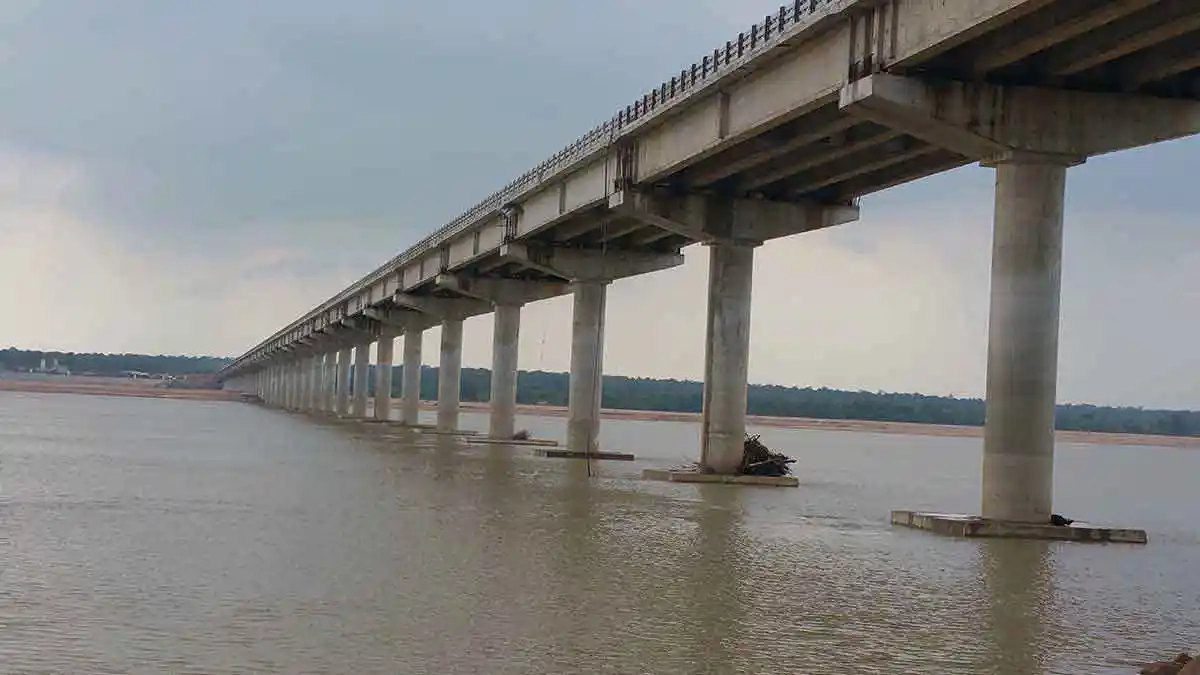KNR Construction Limited

Contractors, manufacturers, rental companies, and financial institutions have to converge to contribute meaningfully for the revival of any project through correct and timely construction processes while improving the value of the project and enabling timely release of resources.
In the medium term, the overall capex budgeted by both state & central governments is likely to witness a steep cut, which will impact the infra sector industry in the medium term.
The COVID-19 pandemic onslaught on the global economies and universal health have perplexed the economists and health specialists. Its detrimental impact on the economy has cast a negative growth of GDP and huge revenue deficits in the wake of significant contraction of gross tax collections, and a dip in other allocations are staring at central and state governments. Thus, in the medium term, the overall capex budgeted by both state & central governments is likely to witness a steep cut, which will impact the infra sector industry in the medium term.
Construction industry players who have a good mix of projects from States, the Centre and funded corporations, will have a better cash flow as compared to those who are exposed to projects solely funded by State governments.
Projects dependent solely on state budgetary allocations are likely to suffer the most. Not only is the awarding activity for these projects likely to reduce sharply, but the receivable cycle is also likely to get elongated by 60-90 days. The recently launched National Infrastructure Pipeline involving `111 lakh crore of investments by FY2025 envisages funding from the states to the extent of 40 per cent, while 39 per cent would be the Centre’s contribution and the remaining 21 per cent would come from private sector.
With strain on state finances, the private sector investment is found wanting; the funding for NIP will be lower, thereby slowing the award and execution pace. Construction industry players who have a good mix of projects from states, centre and funded corporations, will have a better cash flow as compared to those who are exposed to projects solely funded by state governments.
Hence, growth in the medium term is likely to be flattish as the monetization program of NHAI may get delayed due to the present economic environment. However, the long-term appears to be bullish as the government has already cleared and taken up special Economic corridors, NHAI’s Bharatmala Paryojana project, Urban Metro flyovers, River Linking projects, and state-level Highway projects funded by multilateral financing agencies. The financial/capital market for monetizing assets is expected to ease, so more resources will be deployed in the infra sector.
Indian construction companies are facing labour shortages, supply chain issues, and financing pressures, which is having a ripple effect across the CE industry.
Labour: The Indian economy needs huge infrastructure development to sustain its growth. Indian companies are working on hundreds of huge projects like special economic zones (SEZs), power plants, airports, railway corridors, highways and bridges. The construction industry is one of India’s largest employer, with thousands of construction workers employed across the length and breadth of the country. It is estimated that nearly 300 million migrant laborers in the Infra sector have been affected by the lockdown and about 70% of them have returned to the home state due to loss of employment. With the expected delay of their return to project sites, execution of infra projects will be delayed. Developers, and the central and state governments have to make concerted efforts for their return, at least by July/August ’20.
Supply chain: With the reopening of inter/intra state movement of vehicles, the supply chain activities are slowly coming back to normalcy.
Financial pressures: Banks have been permitted to provide interest and principal moratorium till August; provide excess of sanctioned limit by 10%; and group exposure has increased to 30%. These measures will improve the credit availability to a certain extent.
Professionally managed companies can meet the challenges of COVID-19 with the following opportunities:
- COVID-19-related notices claiming extension of time (force majeure claim) and cost consequences (as a change of law, government risk/action or political force majeure claim), potential relief under the contract.
- Notifications to lenders under information covenants in finance documents.
- Consideration of efficacy of time limits on claims notification and review of termination rights based on COVID-19.
- Leverage full technological capabilities of project management platforms to facilitate remote working and make digital capital products and cloud collaboration the standard in projects.
- Revisit procurement strategy and consider whether delaying certain procurement activities (commodities, fuel, service providers, subcontractors) may yield more competitive pricing.
When restrictions are eased, the project re-mobilization should be done in an efficient manner and, correspondingly, shoring up contracts have to be designed to de-risk uncertain schedules. The project should be proceeded as per the start-up plan that was drawn before the shutdown, and be ready for onsite work with project management monitoring through software platforms.

The Covid-19 relief package of `20 lakh crore brings opportunities for making bold reforms to make India self-reliant, such that any other crisis that may emerge in the future can be handled efficiently.
The Government has announced relief packages to various sectors such as MSME, Discoms, Agricultural infrastructure, Mining to be commercialized, indigenous Defense production, start-ups, rural roads, etc. and also across various strata of society. RBI has announced a moratorium up to 6 months for payments, increase in sanctioned limit up to 10%, and up to 30% group exposure. NHAI has agreed to consider extension of time, and in the case of toll projects, the concessional period shall be extended from 3 to 6 months.
However, some areas have not been addressed - the RBI has reduced bank rate significantly, but borrowings cost has not reduced that much. The bank rate that will be applicable for HAM projects will be post-Covid, when the company receives the first annuity, which will have an impact on valuations. A corrective measure has to be taken by NHAI to safeguard the HAM developers.
Companies that are researching and implementing construction technology are reaping the rewards with increased productivity, better collaboration, and are completing projects on time and within the budget — resulting in higher profit.
Projects are becoming more demanding and complicated in their construction and in the deployment of equipment for earthmoving, hauling, hoisting, conveying, aggregate and concrete production, pile driving, tunneling and rock drilling, pumping and de-watering, etc. Tower cranes and Laser Screeding Paving machines are already in vogue. Companies should make further efforts in adopting digitization and mechanization.
Artificial intelligence (AI) and machine learning systems can improve worker productivity in construction sites by retrieving tools, materials, and equipment to perform better. AI can also help in estimating and bidding projects gainfully. Drones can also be put to use for monitoring the progress of the projects, movement of workers.
Sensors can be installed on materials and equipment for tracking their movement in construction sites. With the data collected, AI can help analyze how workers move about and interact with the site, and come up with solutions to reorganize the placement of tools and materials to make them more accessible to workers and reduce downtime.
Smartphones and mobile apps have made communication and collaboration on projects easier. Instead of driving to the office for impromptu meetings, firms can use mobile technology to facilitate meetings to reach definitive conclusions, without interrupting the day’s work. Being able to communicate in real time ensures that any issues on the jobsite get resolved quickly and effectively and every stakeholder can have a say. Integrated solutions that sync in real-time allow different stakeholders to add notes, change drawings and respond to RFIs instantly, and then share the information with everyone involved in the project, at the same time.
Mobile technology allows for real-time data collection and transmission between the jobsite and project managers in the back office. Cloud-based solutions enable on-site employees to submit timecards, expense reports, requests for information (RFIs), work records, and other verified documentation. This can save hundreds of hours per year in data entry and automatically organize critical files — no more shuffling through files looking for old reports.
Today, more and more software providers are forming strategic partnerships to allow companies to seamlessly integrate their data with other software solutions, making construction firms that are using data to make better decisions, increase productivity, improve jobsite safety, and reduce risks.

Use of IPD principles, which help deliver high performing projects by creating a collaborative system, can address the stakeholders’ relational problems in traditional construction procurement.
Contractors, manufacturers, rental companies, and financial institutions have to converge to contribute meaningfully for the revival of any project through correct and timely construction processes while improving the value of the project and enabling timely release of resources.
To achieve collaborative working, a qualitative and a quantitative approach should be followed. One must explore any problem in the relationship between the main contractor-OEM-subcontractor and financial institution, and an effective solution arrived at.
In order to derive innovative ideas to reinvent the delivery process of traditional construction procurement, the principles of integrated project delivery (IPD) and the last planner system (LPS) were studied to seek ideas that could be employed to improve collaboration between the stakeholders. The effectiveness and performance of the supply chain and contractors to improve their cash flow and of the OEMs and others are important for the successful delivery of projects.
Use of IPD principles, which have helped deliver high performing projects by creating a collaborative system, can address the relational problems in traditional construction procurement. Integrated Project Delivery administered projects are easy to manage because all project participants (the IPD team) sign a single principal contract with the client.
FY 2019-20 projects in hand & order book.
KNRCL’s thrust on NHAI’s national highway projects in EPC and HAM formats, state highways, and projects in irrigation, flyovers, and bridges shall continue. As on date, the company’s order book position is around `8000 crores, and includes Highway and Irrigation projects in Telengana. KNRCL is at present executing 5 HAM projects out of which 4 are from NHAI and one from Karnataka, and two are Annuity projects.
With our strong balance sheet and proposed monetization of assets, there shall be enough liquidity to bid for NHAI’s HAM projects.
NBM&CW July 2020


















